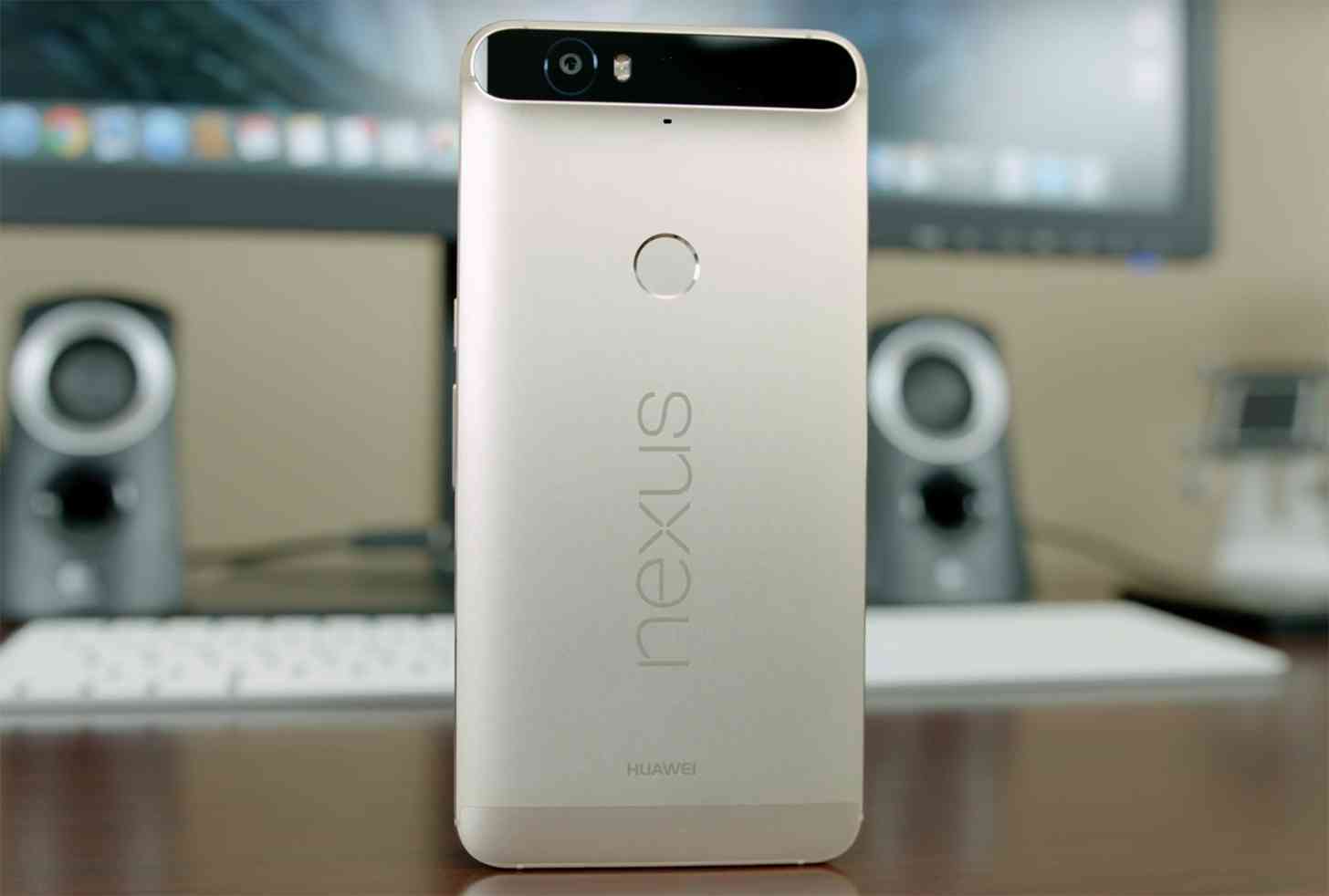
This year’s fall smartphone line-up has been nothing short of interesting, if nothing else can be said about them thus far. Samsung’s Galaxy Note 7, which started off strong, came across a huge obstacle once numerous reports of spontaneous combustion started rolling in. Although Samsung responded quickly (and appropriately) to the issue, they’ve undoubtedly taken a blow to their reputation. There’s also the iPhone 7, which featured a number of important upgrades, but is also under heavy scrutiny due to the removal of the standard 3.5mm headphone jack.
The next “big” smartphone to make an appearance for our expected fall line-up is Google’s Nexus – or perhaps Google’s Pixel, as rumors would have us believe – which is predicted to make its official appearance sometime in early October.
Here’s to hoping that Google’s release, whether it’s Nexus, Pixel, or otherwise, is a good one, because this year seems like easy money thanks to hiccups with the competition. However, it’s going to take more than riding off of competitor's issues to make this year successful for Google.
Assuming that Google is retiring the Nexus name in favor of Pixel, the move could end up paying off better than initially expected. Aside from bringing a better sense of unity to Google’s mobile lineup (matching a Pixel-branded phone with its Pixel C tablet), if Google can up its marketing game, this could be the year that the phone formerly known as Nexus could really garner some attention.
In the past, the Nexus wasn’t exactly well-known outside of tech enthusiast circles. Between lack of marketing and official carrier support (most of the time), if a general consumer didn’t know somebody that could point them in the direction of Nexus or use Google-fu to conduct smartphone research on their own, they probably had no idea that Nexus even existed. Lack of prior knowledge of the device is a big reason why I think this year is as good of a year as any to really push Nexus (or Pixel) forward – there are hardly any prejudices to be had against the Nexus, at least when you compare them to more recognizable smartphone brands.
Although neither of the two expected Google phones have been officially announced, it’s expected that smartphone manufacturer HTC will be the company assisting Google in designing both, codenamed Sailfish and Marlin. HTC is the same company that made aluminum unibody design commonplace in the mobile industry with the introduction of the HTC One (M7) back in 2013. Since then, HTC has had ups and downs with its One line, but hardly due to its design. As an avid fan of HTC’s design in the One series, I suspect that Sailfish and Marlin could end up being considered two of the most well-designed Nexus devices ever created – which can only boost morale for the devices, as the look and feel of a smartphone is often extremely important to consumers.
Ultimately, the potential for Google’s success is almost perfectly set up: recent competition isn't wholly at its best, the manufacturer behind both of Google’s smartphones’ designs has a high chance of producing something really premium, and Google as a company is this massive advertising giant that already has the means and resources to market the crap out of the Nexus/Pixel if they really wanted to. Assuming the phones have headphone jacks, don’t explode, don’t stray too far from stock Android (at the very least keeping a clean interface), and really just stay away from any other massive blunders, this could be a great year for Google.
Only time will tell, but I for one am kind of on the edge of my seat waiting see if Google takes advantage of the situation and drives their smartphones home this year.